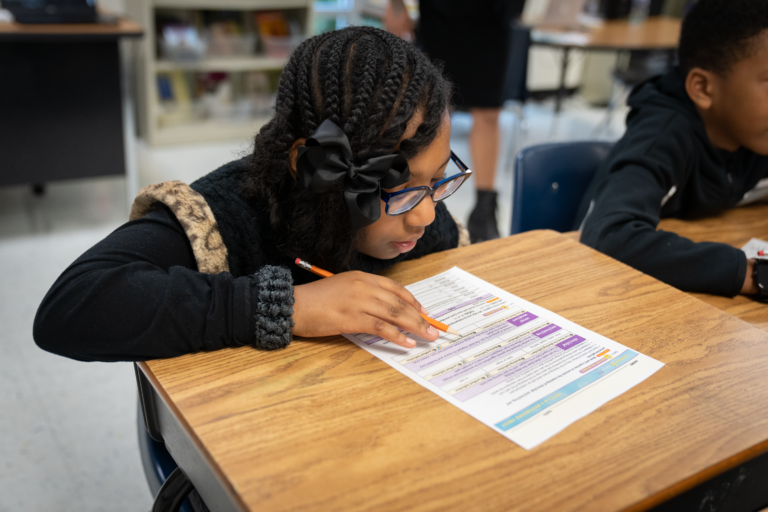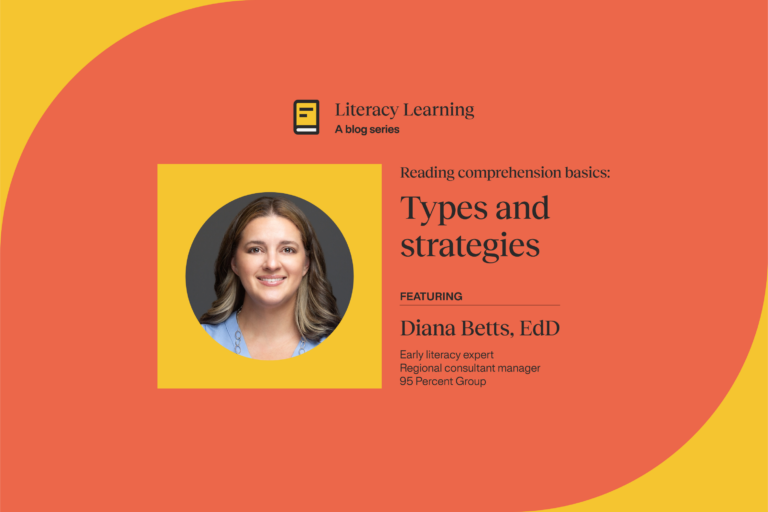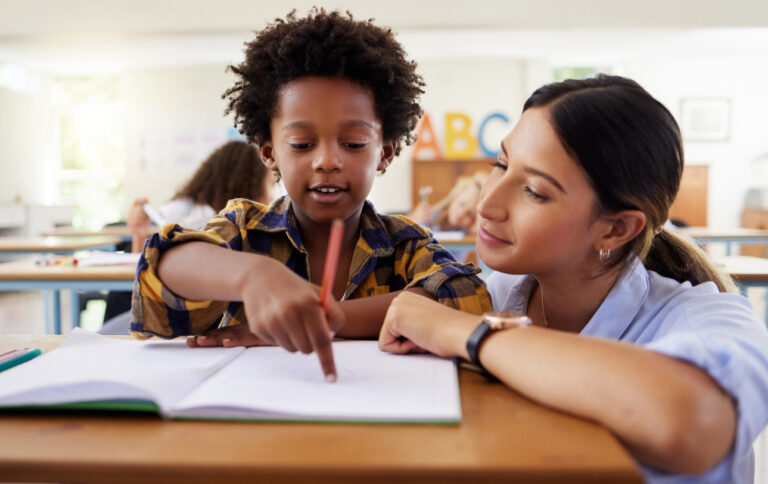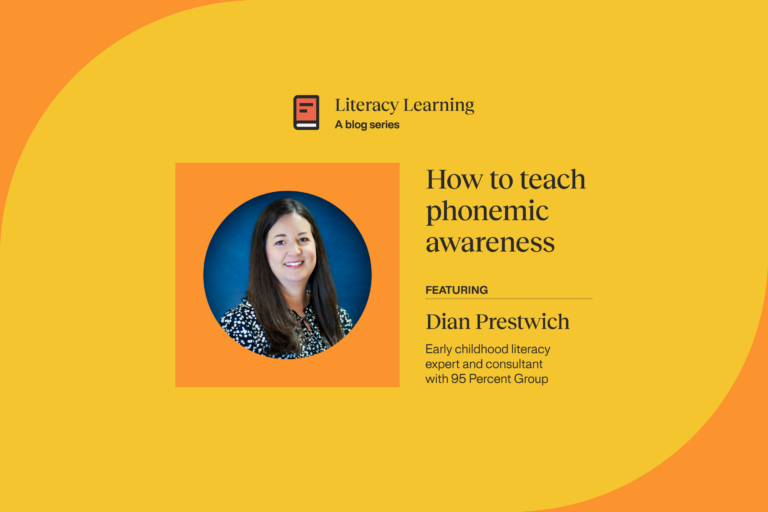When to use multisyllable word activities

By third grade, students will be encountering multisyllable words in their reading. But many will not be equipped with the necessary skills. This post takes a look at the precursor skills they’ll need for success, and the strategies and resources to help them.
Most students are ready to tackle multisyllabic words by the time they enter third grade. However, many students struggle with reading these multisyllable words in text. Although that’s where they struggle, let’s check for precursor skills. Before students are ready for instruction in multisyllable words, they must display accuracy and fluency in sound segmentation/blending and in sound-symbol correspondence. In addition, they need prior knowledge about vowel and consonant letters and the ability to discriminate between them. Familiarity with digraph and consonant blends is also important because the letters that make up the digraphs and blends are not usually separated when dividing a word into syllables.
Introducing the six syllable types
95 Percent Group recommends teaching the six syllable types in order of difficulty:
- Closed syllable
- Long vowel, silent -e syllable
- Open syllable
- Vowel team syllable
- Consonant-le syllable
- Vowel-r syllable
In order to recognize syllables, students must be able to pinpoint vowels and the corresponding consonants in a word. Try not to teach closed and open syllables in succession because students need more experience with syllable division rules before they reach open syllables. It requires more instructional support because of uncertainty about whether a single consonant between the syllables belongs with the first or second syllable.
Using multisyllable nonsense word worksheets and activities to teach syllable types
By the time they reach the third grade, many students have developed a strong sight word vocabulary. If we only use “real words” in our assessments it is not possible to determine whether or not the students have learned the required skill or just memorized the word. Pseudowords can be designed to match English spelling conventions as closely as possible, prior to looking at words in text, and assess sound-symbol correspondence mastery or issues.
The 95 Multisyllable Routine Cards were designed to help students decode words using a three step process: recognizing the syllable type, pronouncing the syllable with the appropriate vowel sound, and finally reading multisyllable words. In this activity taken from our MSRC Guide, Routine 23: Closed Syllable lesson, students are directed to sort nonsense words by syllable type, write them in the correct column, and then read the syllables to themselves and to a friend. Itan be used whole class, in small groups, or independently as a worksheet.
Not every third grader is ready for multisyllable words. For those requiring intervention, small group settings provide positive corrective feedback to help students recognize distinctive features of the smaller segments for chunks.
Ultimately, automatic recognition is necessary for fluently reading multisyllable words and improving reading accuracy when students move to upper elementary grade levels.



